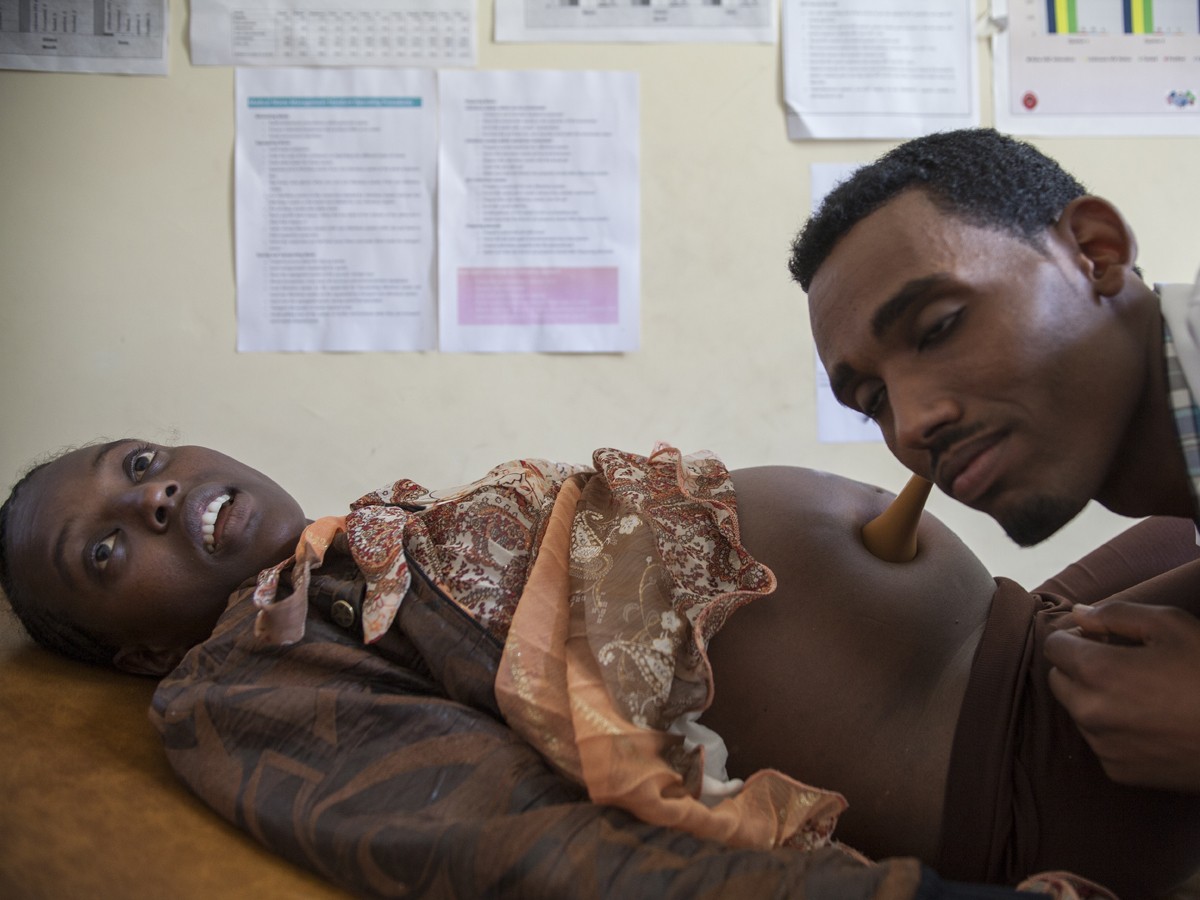Cunnama L, Abrams EJ, Myer L, Gachuhi A, Dlamini N, Hlophe T, Kikuvi J, Langwenya N, Mthethwa S, Mudonhi D, Nhlabatsi B, Nuwagaba-Biribonwoha H, Okello V, Sahabo R, Zerbe A, Sinanovic E. 2018 Jun 29. doi: 10.1111/tmi.13121.
OBJECTIVES:
To assess the costs and cost-effectiveness of transitioning from antiretroviral therapy (ART) initiation based on CD4 cell count and WHO clinical staging (‘Option A’) to universal ART (‘Option B+’) for all HIV-infected pregnant and breastfeeding women in Swaziland.
METHODS:
We measured the total costs of prevention of mother-to-child HIV transmission (PMTCT) service delivery at public sector facilities with empirical cost data collected at three points in time: once under Option A and again twice after transition to the Option B+ approach. The cost per woman treated per month includes recurrent costs (personnel, overheads, medication and diagnostic tests) and capital costs (buildings, furniture, start-up costs and training). Cost-effectiveness was estimated from the health services perspective as the cost per woman retained in care through 6 months postpartum. This analysis is nested within a larger stepped-wedge evaluation, which demonstrated a 26% increase in maternal retention after the transition to Option B+.
RESULTS:
Across the five sites, the total cost for PMTCT during the study period (from August 2013 to October 2015, in 2015 US$) was $868,426 for Option B+ and $680 508 for Option A. The cost per woman treated per month was $183 for a woman on ART under Option B+, and $127 and $118 for a woman on ART and zidovudine (AZT), respectively, under Option A. The weighted average cost per woman treated on Option B+ was $826 compared to $525 under Option A. The main cost drivers were the start-up costs, additional training provided and staff time spent on PMTCT tasks for Option B+. The incremental cost-effectiveness ratio was estimated at $912 for every additional mother retained in care through six months postpartum.
CONCLUSIONS:
The cost and cost-effectiveness outcomes from this study indicate that there is a robust economic case for pursuing the Option B+ approach in Swaziland and similar settings such as South Africa. Furthermore, these costs can be used to aid decision making and budgeting, for similar settings transitioning to test and treat strategy.









